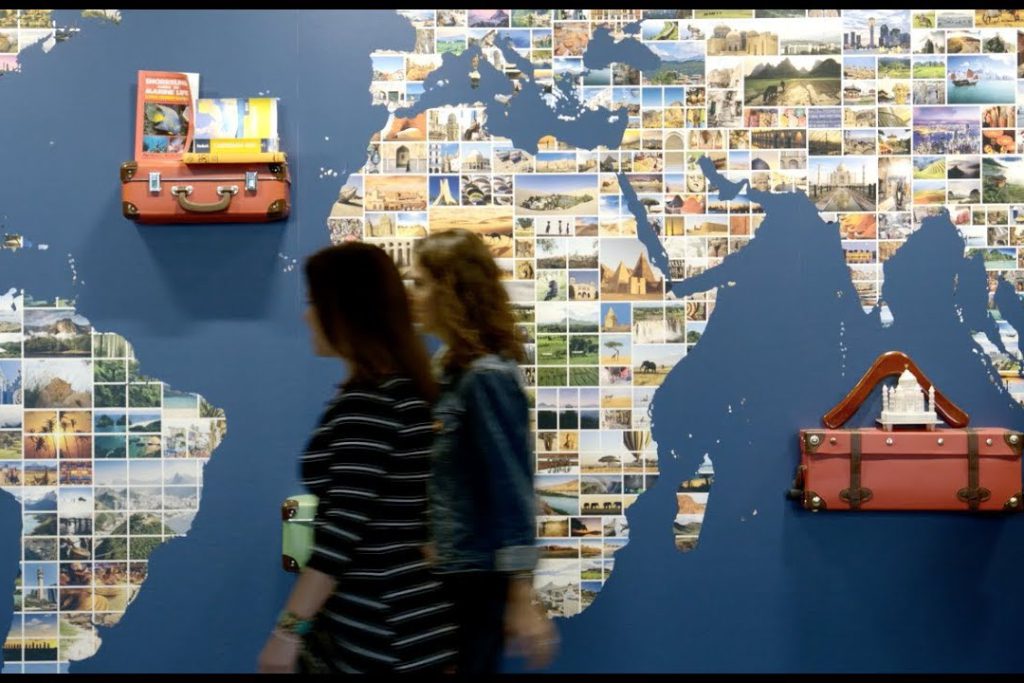Skift Take
TripAdvisor's key tactics to grow its tours and activities business include the discounting of some products for consumers, practically giving away a reservation system to operators, and rolling out a brand marketing campaign this year. The company talks like it's in it to win it.
TripAdvisor has said for some time that its strategy is to be one of the world’s largest online travel agencies for experiences such as parasailing excursions and walking tours. But on Wednesday it revealed more of the tactics it has been using.
Sales of experiences have been TripAdvisor’s fastest-growing revenue stream for a few years. However, the company faces competitors such as Airbnb, Booking.com, Ctrip, Expedia, GetYourGuide, Klook, KKDay, and others attempting to take their share of the pie for tours, activities, and attractions. Yet TripAdvisor argues it leads competitors in supply and bookings worldwide.
“Competitors are strong,” said CEO Steve Kaufer during an earnings call Wednesday. However, he noted that TripAdvisor has more online shoppers for experiences than any other player.
Kaufer claimed the company’s “existing demand footprint” for tour operators is “nearly impossible to replicate.” He noted the company has recently had between 400 and 500 million visitors a month on average to its various branded platforms each month.
“That’s the part that’s probably really hard for anyone else to replicate,” he said, presumably referring to the marketing challenge facing well-funded startups like GetYourGuide and Klook in cost-effectively acquiring customers.
Supply Growth
Kaufer said TripAdvisor and its sister brand Viator are “leading on supply in most parts of the world.” He said the company now offers for booking 202,000 experiences across its platform, which is more than competitors have and more than double what it had a year earlier.
“Even if supply growth isn’t doubling again next year, that’s not really an issue for us,” said Kaufer said. He argued the company already had “a pretty comprehensive supply footprint in many, though not all, parts of the world.” The company saves much of its sales teams outreach efforts for so-called long-tail products, such as quirky tours that have limited online availability today, and geographic reach in markets where it’s still relatively underpenetrated, such as Asia.
“It’s a combination of our reps targeting the accounts that we’re best able to serve, the technology that automates the onboarding process so that our existing suppliers and new ones can add more of the product that they hadn’t bothered to list with us before, and to get it all right,” said Kaufer.
TripAdvisor will focus on demand because tour operators and experience providers will be drawn to it as a channel if it is providing the most cost-efficient leads.
Not everyone agrees with TripAdvisor’s strategy. Some competitors argue that if you increase your inventory faster than you increase your volume, then that just means you generate less demand for some suppliers. However, TripAdvisor’s recent revenue growth does speak for itself.
Software on Sale
Last year, TripAdvisor acquired Bokun, a software company that enables tour operators that were previously offline the ability to offer bookings online.
“We’re giving Bokun away practically for free,” said chief financial officer Ernst Teunissen. “We’re aggressively pursuing new suppliers with this software as a service offering. If we build this business up to scale very quickly, we can leverage that over the long term. It’s not a revenue driver for us in 2019 but is a potential revenue driver in the future.”
Tickets at a Discount
The commissions TripAdvisor collects for experiences and dining, on average, can be “very healthy,” Teunissen said.
In 2018, TripAdvisor said its experiences and dining unit posted $48 million in earnings before interest, taxes, depreciation, and amortization — a measure of profitability — on revenue of $372 million, for an adjusted percentage margin of 13 percent.
However, in 2019 TripAdvisor is forgoing some of that margin to drive business on simple, inexpensive experiences like tickets for museum admissions and group walking tours. In the first quarter of 2019, the company spent $24 million out of the $80 million on revenue back on product development, marketing, and discounting.
“In 2019 we’re expanding our offerings around ticketing and some other products at a lower price point, and we’re privileging them on our site,” said Teunissen. “We’re doing that to get more users to experience our product at a lower price point.”
That move is depressing the average order value of experience products booked on TripAdvisor and Viator but is a bet on getting people accustomed to booking tours and attractions online.
It will take at least three to five years for experiences and dining to generate margins similar to its hotel business, Teunissen said, given the cost of investments. However, he expected comparable margins, crediting the pricing power large players can have in a supply market that’s even more fractured than hotels.
Marketing Investments
Last year TripAdvisor spent $115 million on TV brand advertising, and it plans to do about the same this year. However, its message will shift over time. Last year ad campaigns emphasized TripAdvisor as a hotel-price-comparison site.
This year it will start to broaden that message to market TripAdvisor as a place to book experiences, the company said.
The Daily Newsletter
Our daily coverage of the global travel industry. Written by editors and analysts from across Skift’s brands.
Have a confidential tip for Skift? Get in touch
Tags: earnings, experiences, tours and activities, tripadvisor
Photo credit: A look at a decorative wall at TripAdvisor's Needham, Massachusetts, headquarters. The online travel company revealed Wednesday more details on its strategy to become one of the world's largest online travel agencies for tours, activities, and attractions. Tripadvisor
